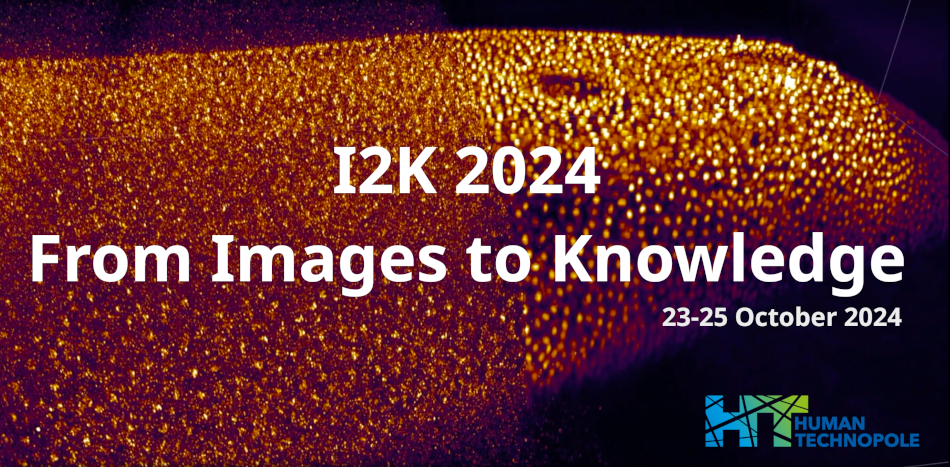Speaker
Description
Brain organoids enable mechanistic study of human brain development and provide opportunities to explore self-organization in unconstrained developmental systems. We have established long-term (~3 weeks) lightsheet microscopy on multi-mosaic neural organoids (MMOs) generated from sparse mixing of ulabelled iPSCs with fluorescently labeled human iPSCs (Actin-GFP, Histone-GFP, Tubulin-RFP, CAAX-RFP, and Lamin-RFP labels), which enables tracking of tissue morphology, cell behaviors, and subcellular features over weeks of organoid development. We developed an image analysis pipeline to segment and demultiplex multi-mosaic labels and use morphometrics to provide quantitative measurements of tissue and single-cell dynamics in organoid development. We combine single-cell transcriptomics and 2D spatial iterative immunostaining with 4D lightsheet imaging to identify cell morphotypes during tissue patterning and show that the organoids exhibit extracellular matrix (ECM) dependent tissue state transitions through lumenization and regionalization. The presence of an external ECM promotes cell polarization, and alignment to form the neuroepithelium. Finally, we track the nuclei and cell morphotypes and show that luminogenesis and telencephalic patterning in neural organoids depends on the ECM microenvironment and mechanosensation via the HIPPO/WNT signalling pathways.
| Authors | Akanksha Jain*, Gilles Gut*, Fátima Sanchis-Calleja, Ryoko Okamoto, Simon Streib, Zhisong He, Fides Zenk, Malgorzata Santel, Makiko Seimiya, René Holtackers, Sophie Martina Johanna Jansen, J. Gray Camp, Barbara Treutlein |
|---|---|
| Keywords | Lightsheet imaging, morphodynamics, cell segmentations, cell tracking, morphometric |

